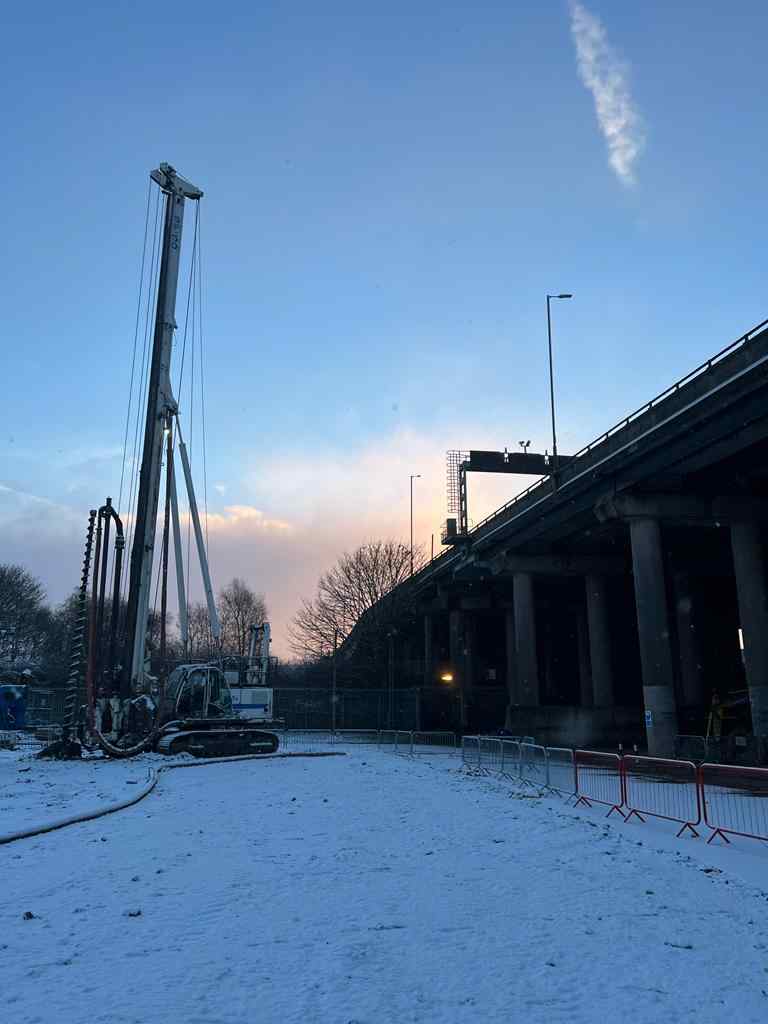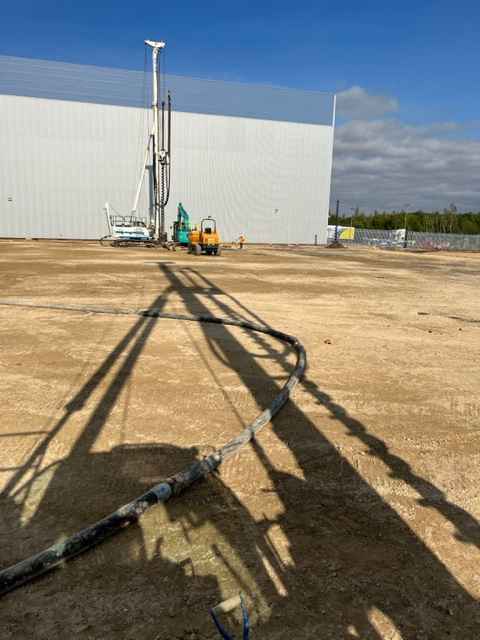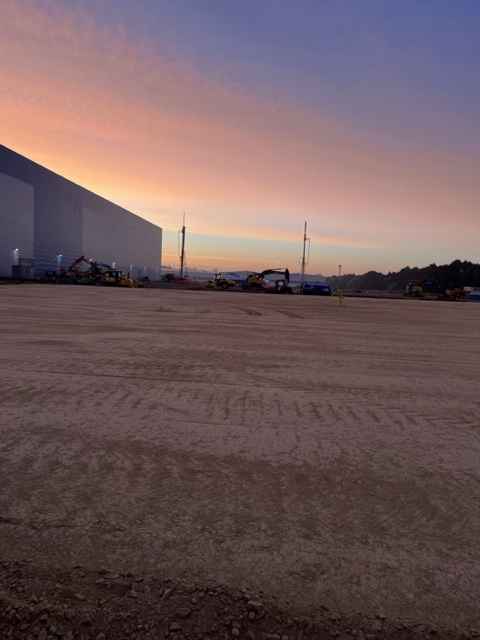What is Piling? Its History and Types

What is Piling?
Piling refers to constructing foundations by either driving or boring into the ground over a specific area. This method supports and transfers heavy loads to soil with weaker structural characteristics due to prevailing soil conditions.
Essentially, piles are utilised when the soil’s bearing capacity is insufficient for the demand of substantial construction, and they serve to transmit the load to the stable ground at a certain depth.
History of Piling
The practice of using piling in construction has ancient origins. People in antiquity employed piles to create foundations on soft peat soil near rivers. Many villages and towns were strategically located near lakes and rivers to ensure both access to water and protection of the area. To strengthen the weak ground, timber piles were utilised. These were manually driven into the ground or placed in holes filled with stones and sand.
Several instances of Romans using timber piles were common in the foundations of grand monasteries in the fenlands of East Anglia. Due to its combination of strength, lightness, durability, and ease of handling, timber remained the primary material for piling until relatively recently.
Mon–Fri: 8:00am-6:00pm
Skilled Labour
Customer Satisfaction
Advanced Machines
Types of Piles
Based on Their Working Principle
According to their working principles and the way they shift the load they are bearing, structural piles are divided into two categories:
· End Bearing Piles:
End-bearing piles do exactly what their name suggests: they support and transfer the weight of a structure from their ends. They are generally installed in places with sturdy, rocky layers underground that can handle the building’s weight.
These piles are also used in places with high water tables, as they can go through the water and move the weight straight into the tough layer underneath.
· Friction Piles:
Frictional piles work by using the roughness between their surface and the soil to transfer the weight of the building into the ground. They are generally used where you cannot find a resilient enough layer of the soil for end-bearing piles.


Method of Constructing Piles
It is essential to distinguish between pile foundations and individual piles, as they work together to support heavy loads. A pile foundation refers to the array of columns that serve as the structural base for buildings, while the pile, in isolation, represents the individual column or cylinder responsible for transmitting the load to the underlying subsoil.
The construction and installation of piles typically involve specialised equipment, primarily piling rigs, which are commonly track-mounted machines designed for installing specific types of piles. Here’s an overview of the process:
Installing Driven Piles
Driven piles are installed using various methods, such as hammering, jacking, or vibrating. These methods include:
- Percussion Hammer: Piles are hammered into the ground using a percussion hammer.
- Hydraulic Driver: Hydraulic drivers exert significant force to push the pile into the ground
- Rams: Rams are often used for driving sheet piles into the ground.
- Diesel-Powered Vibratory Drivers: These machines use vibrations to reduce the surrounding ground resistance, making it easier for the pile to slide into the ground.
Constructing Bored Piles
Bored piles are Constructed using a continuous auger resembling a significant drill bit. The diameter of these augers typically ranges from 300mm to 900mm. Circular bits with up to 1200mm diameters may be used for more enormous-diameter piles.
Bored pile rigs are substantial machines, some weighing up to 180 tonnes. These rigs excavate the hole and, in some cases, fill it with concrete or another suitable material on their way out.
Where can the Pile Foundation be Used?
Here are the scenarios where employing a pile foundation system may be applicable:
- When the ground water table is at raised level.
- When the building or structure above is putting much weight in different ways.
- When the ground near the surface can be squished or pressed down.
- When the ground is at risk of being washed away, especially if it is close to a river or the ocean.
- When there is a big canal or deep pipes near the building.
- When we cannot dig deep into the ground because the soil is not suitable for digging.
- When we can’t keep the holes we dug for the foundation from getting wet, even if we try to pump the water out or use other methods, because much water is coming in.
At UK Underpinning Solutions, they have over a decade of experience in the industry, which means your project gets to benefit from our wealth of experience. Though we’re based in the South West, they work throughout the UK.
